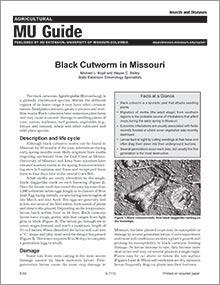

Black Cutworm in Missouri
Reviewed
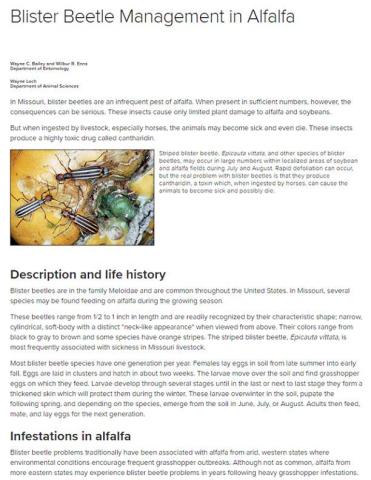
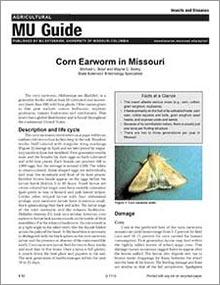
Corn Earworm in Missouri
Revised
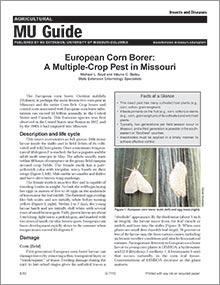
European Corn Borer: A Multiple-Crop Pest in Missouri
Revised
Learn how the European corn borer affects crops like corn, cotton, and grain sorghum in Missouri. Explore its lifecycle, damage, and management strategies.
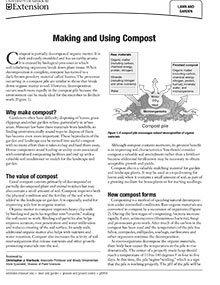
Making and Using Compost
Reviewed
Compost can improve your landscape and garden soil. Learn how to turn leaves, grass clippings and other garden refuse into compost in this University of Missouri Extension guide.
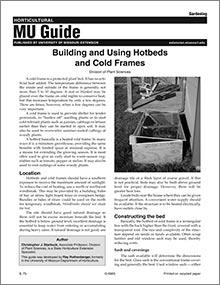
Building and Using Hotbeds and Cold Frames
Revised
A coldframe is a protected plant bed & a hot bed is basically a heated coldframe. Visit our site to learn about Building and Using Hotbeds and Cold Frames.
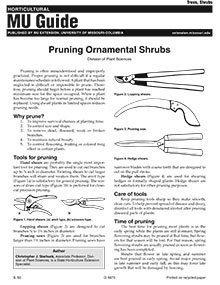
Pruning Ornamental Shrubs
Revised
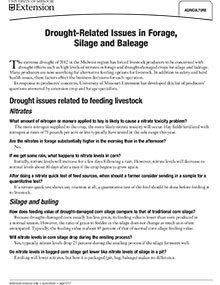
Drought-Related Issues in Forage, Silage and Baleage
Revised
Get answers to questions about how to feed livestock during drought. Read about nitrate toxicity, corn silage and baleage, forage grazing and feeding hay.

Short-Term Operating Plan for Farms and Ranches
Revised
Download a short-term operating plan workbook you can use to prepare your farm or ranch for operating if decision makers are unable to make short-term choices.
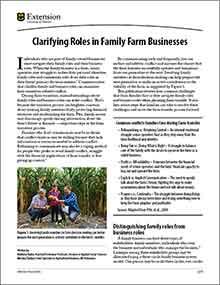
Clarifying Roles in Family Farm Businesses
New
Strong family businesses communicate to separate their family roles and expectations from business roles. Read about common family business conflicts and find steps to address tension in this publication.
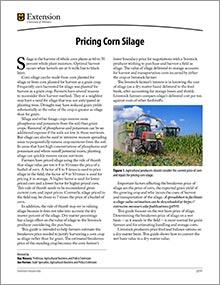
Pricing Corn Silage
Revised
Learn how to price corn silage whether it's in the field or delivered to storage or the feed bunk, and see how drought can damage a corn silage crop.
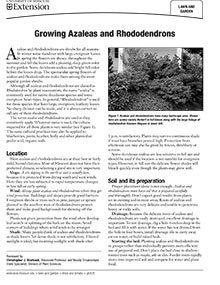
Growing Azaleas and Rhododendrons
Reviewed
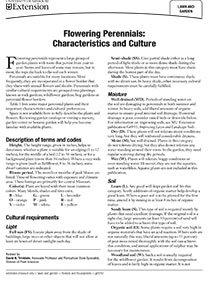
Flowering Perennials: Characteristics and Culture
Revised
Flowering perennials persist from year to year and are suitable in a flower border shared with annual plants or grouped in special plantings. Learn about some major perennials and their important characteristics and cultural preferences in this guide.
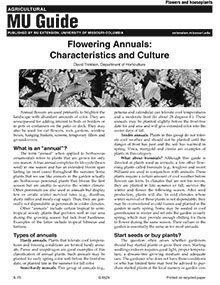
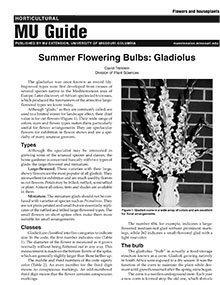
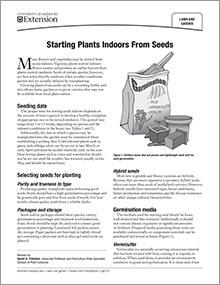
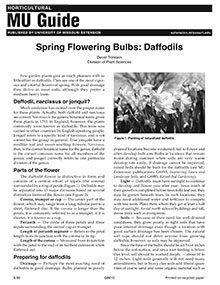
Spring Flowering Bulbs: Daffodils
Reviewed
Few garden plants give as much pleasure with as little effort as daffodils. They are one of the most vigorous and colorful flowers of spring. With good drainage they thrive in most soils, although they prefer a medium-heavy loam.
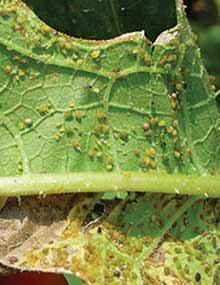
High Tunnel Melon and Watermelon Production, Page 03
Revised
Melon aphids congregate on lower leaf surfaces and cause cupping of the leaves
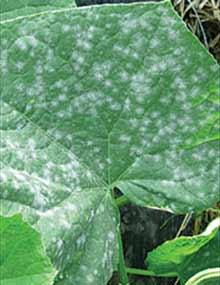
High Tunnel Melon and Watermelon Production, Page 06
Revised
The dry, humid and dense plant growth within a high tunnel is optimal for development of powdery mildew.
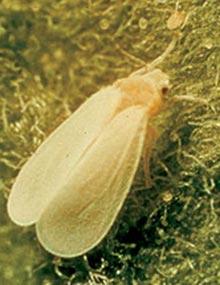
High Tunnel Melon and Watermelon Production, Page 09
Revised
Whiteflies are small, soft-bodied insects with wings covered with white, powdery wax that damage plants by sucking the sap and transmitting harmful viruses.
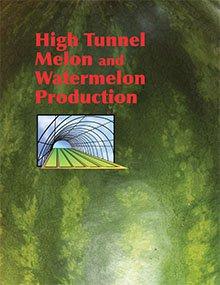
High Tunnel Melon and Watermelon Production
Revised
High tunnels are low-cost, passive, solar plant forcing structures that use no fossil fuels for heating or venting and provide many benefits to horticulture crop producers
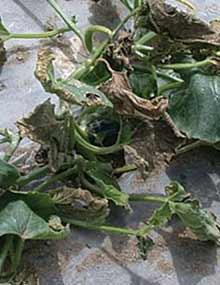
High Tunnel Melon and Watermelon Production, Page 04
Revised
Bacterial wilt is a serious disease of melons that is transmitted by spotted and striped cucumber beetles that feed on melon foliage.

High Tunnel Melon and Watermelon Production, Page 07
Revised
Spider mites are small, oval-shaped arthropods that can be found on the underside of leaves, where they congregate and suck sap from the plant.
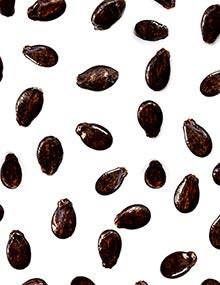
High Tunnel Melon and Watermelon Production, Page 10
Revised
Find sources of melon and watermelon seeds
